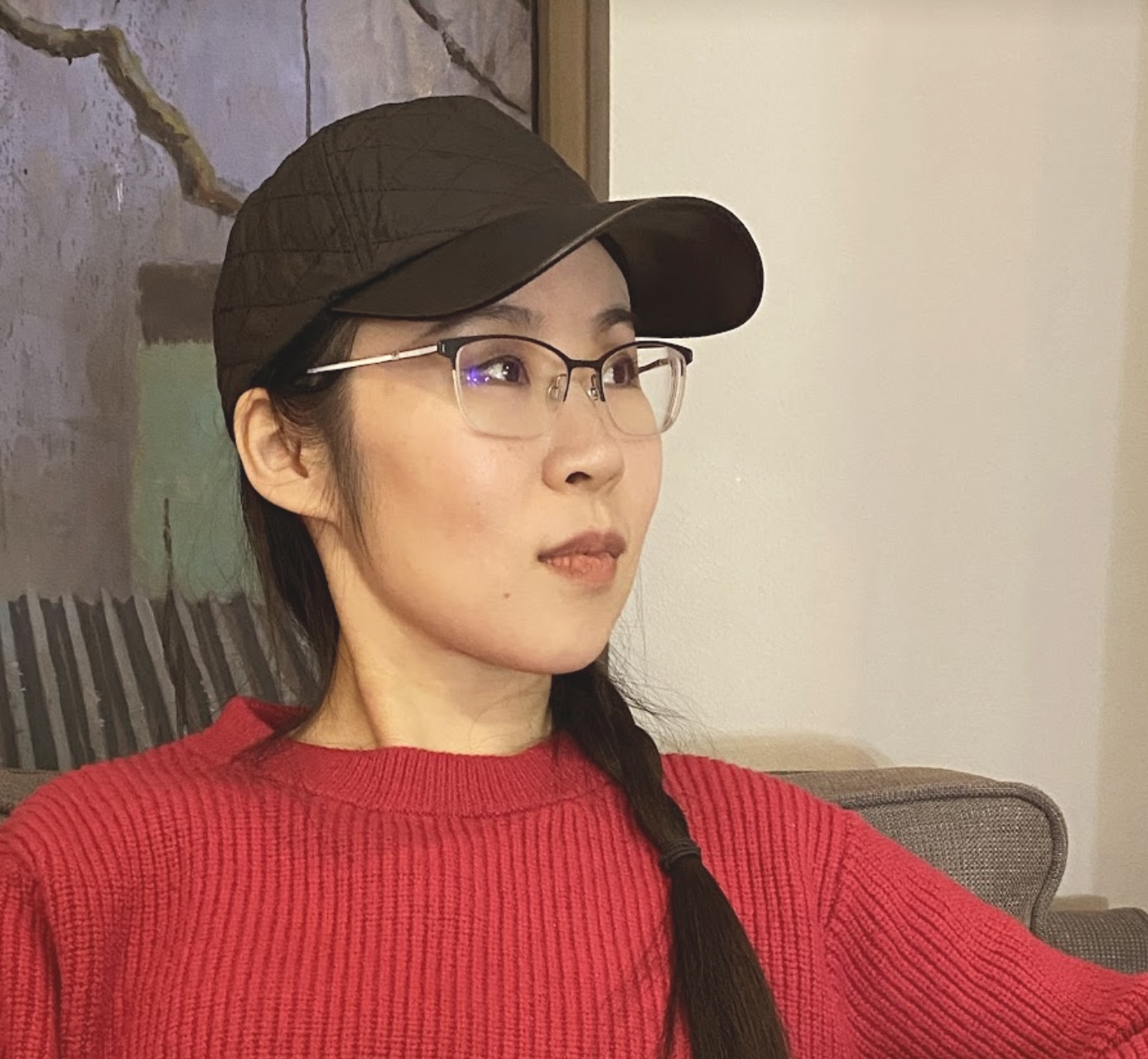
My research addresses how we can enrich multisensory and affective interaction by understanding the complexities of embodied, situated cognition and perception. One strand of this research involves empirical work - grounded in the psychology of multisensory perception - to understand synergies and interactions between different sensory modalities and affect. I have applied this approach to understand how multisensory technologies can support affective experience and communication and skilled movement. Another strand has involved the development of theory to make these insights actionable for designers. I analysed a corpus of classical Chinese poetry (a rich source of phenomenal description) to develop a theoretical framework for articulating and conceptualising thermal-affective experiences using multisensory technologies. Building on this framework, I developed a design toolkit that translates the theoretical concepts into practical guidance, and helps practitioners bridge design and technical parameters to experiential qualities in activities such as design workshops and technical ideation. This cycle of theory building and translation has opened a rich seam of research ideas, which I am now pursuing with colleagues and students.
I am particularly proud of my recent works on affective thermal interaction, which connects perceptual science to aesthetic and humanistic accounts of experience. Over the years, generations of HCI researchers have returned to the question of how we should connect controlled scientific findings to the complexities of real-world interactions. In my recent work, I address this via a scientifically informed analysis of literary accounts of thermal-affective experience, following similar approaches in sensory psychology. These literary accounts provide eloquent and evocative descriptions of situated experience, situated in everyday life and activities - something otherwise difficult to capture. Analysing them allows me to suggest principles and guidelines for the design of thermalaffective experiences, and specify future empirical research in the field (The design framework paper). This work has opened a rich seam of research ideas for me which I am now addressing. This includes design research to understand the possibilities of thermal-haptic interfaces for affective regulation, and the development of a toolkit for prototyping which bridges experiential and engineering aspects of thermal-haptic experience (Thermal cards).
In the future, I would like to be known as a researcher who is leading the translational science in the field of affective interaction in HCI: my work creates bridges between experiential, scientific, and design approaches to support the development of multisensory technologies. My research toolkits will help engineering-focused researchers address the complexity of affective and situated experience, and help design-focused researchers connect their understandings to scientific and engineering principles. In particular, I plan to pursue this goal in the context of multisensory technologies for affective interaction and affective regulation in children and both neurodiverse and neurotypical populations.
Before my PhD, I studied Industrial design in the school of Mechenical Engineering (ME), Shandong University (SDU, Double-First Class University, Rank A)in China, with 1st class honours; and Interaction Design in the design school at Human University (HNU), one of the top 3 design schools in China.
Along side that, I have ten years of fine art training, including apprenticeships in several art studios, specialising in Gong-Bi (one of the traditional Chinese painting techniques), Calligraphy, and Western art.
I also enjoy metal working. I completed a three-month metalworking internship, where I gained hands-on experience in the full industrial production cycle - from material forging to CNC machine operation.
As a designer, I designed the branding and visual identity system (VI system) for the China Academy Museum.